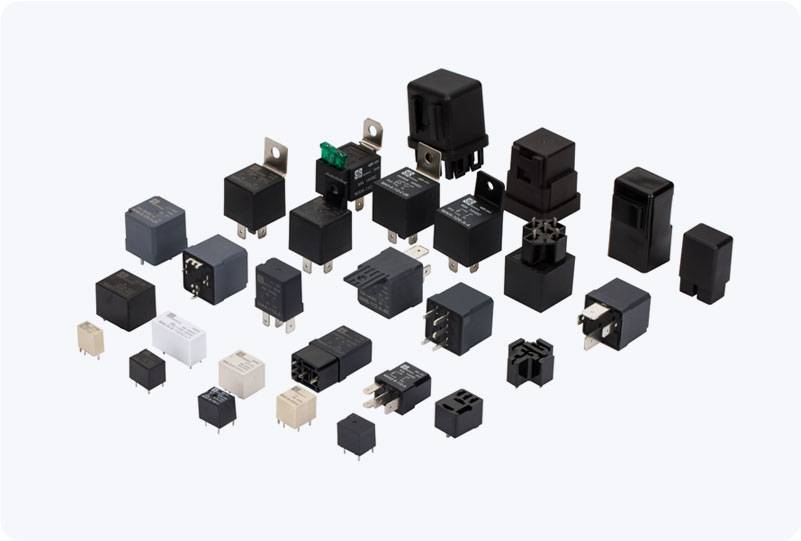In modern vehicles, electrical systems play a crucial role in the overall functionality and performance of the car. From powering the engine to operating critical systems such as air conditioning, lights, and the infotainment unit, electricity is a vital component of any vehicle. One of the key components in the electrical system is the Battery Main Positive Relay, which serves an essential role in regulating power flow and ensuring the safety of the vehicle’s electrical circuits.

What is the Battery Main Positive Relay? The Battery Main Positive Relay is an electromechanical device used in vehicles to control the flow of electrical current from the battery to various electrical components, especially during engine startup and operation. It is typically located near the battery and is responsible for managing the positive terminal connection to the vehicle’s electrical system. As the name suggests, the relay is connected to the main positive terminal of the vehicle’s battery, making it a vital part of the power distribution system. By opening and closing its contacts, the relay controls whether or not power is allowed to flow from the battery to different components, including the starter motor, alternator, and other essential electrical systems.